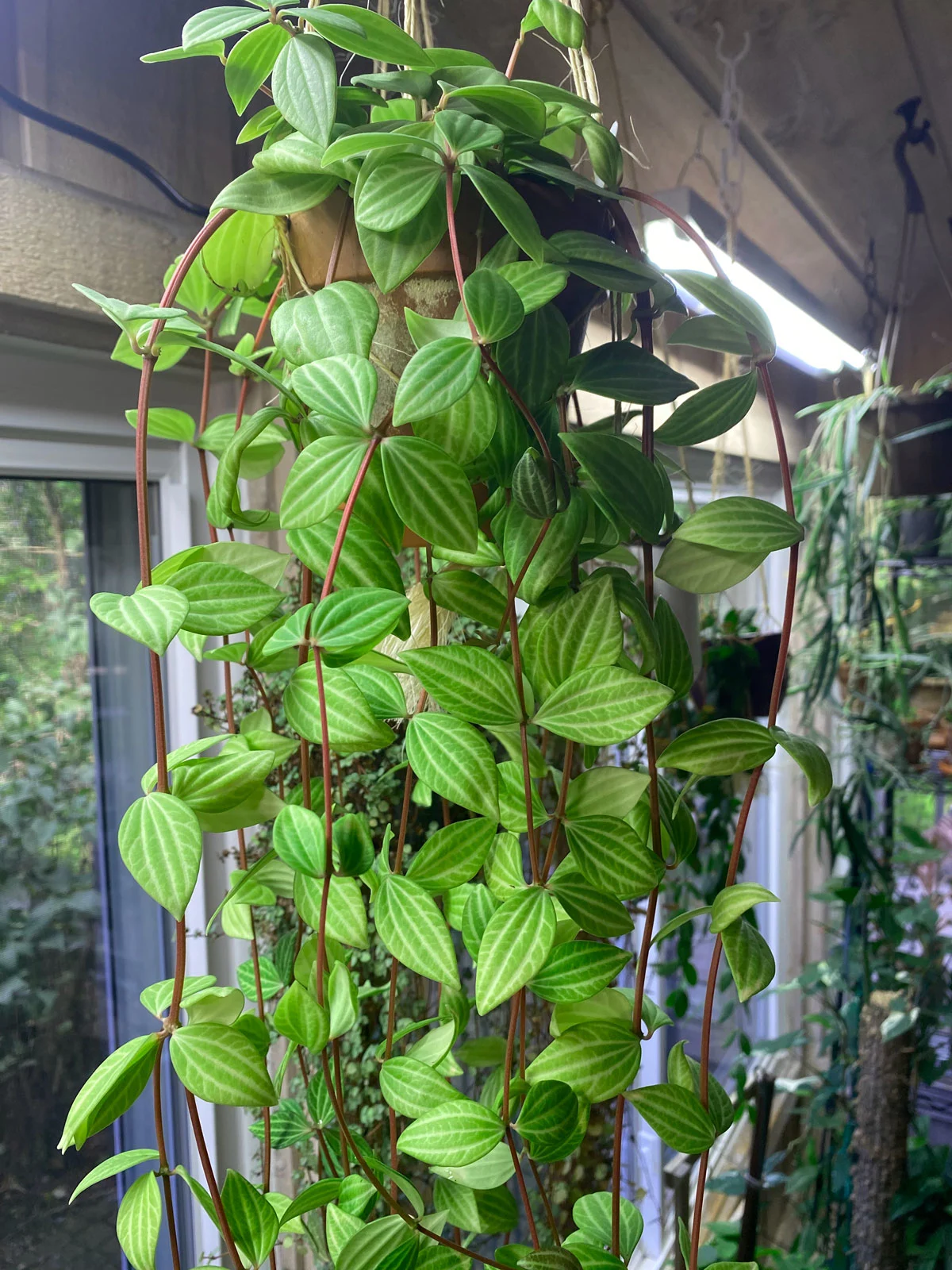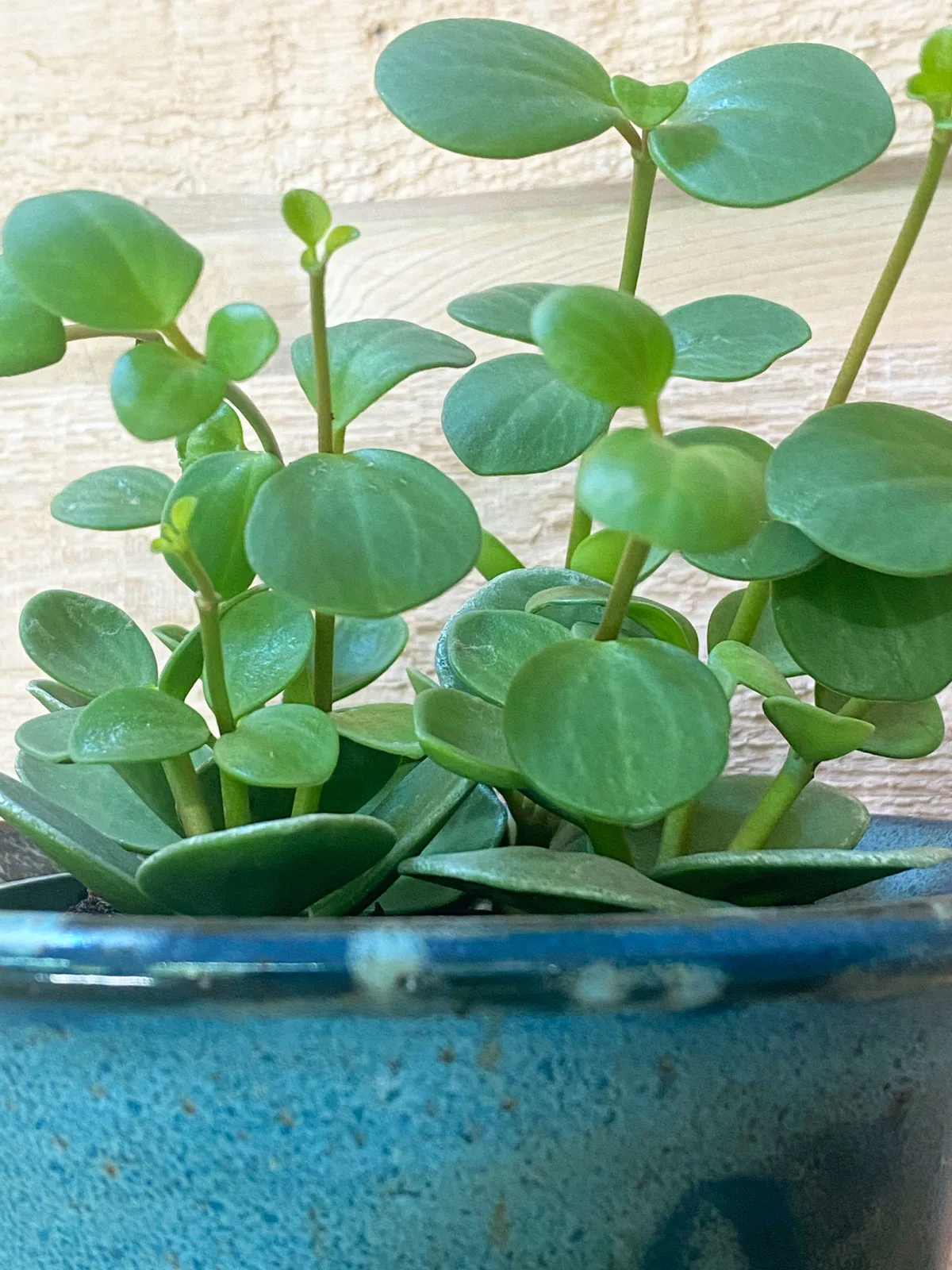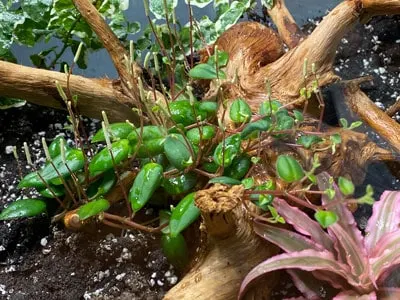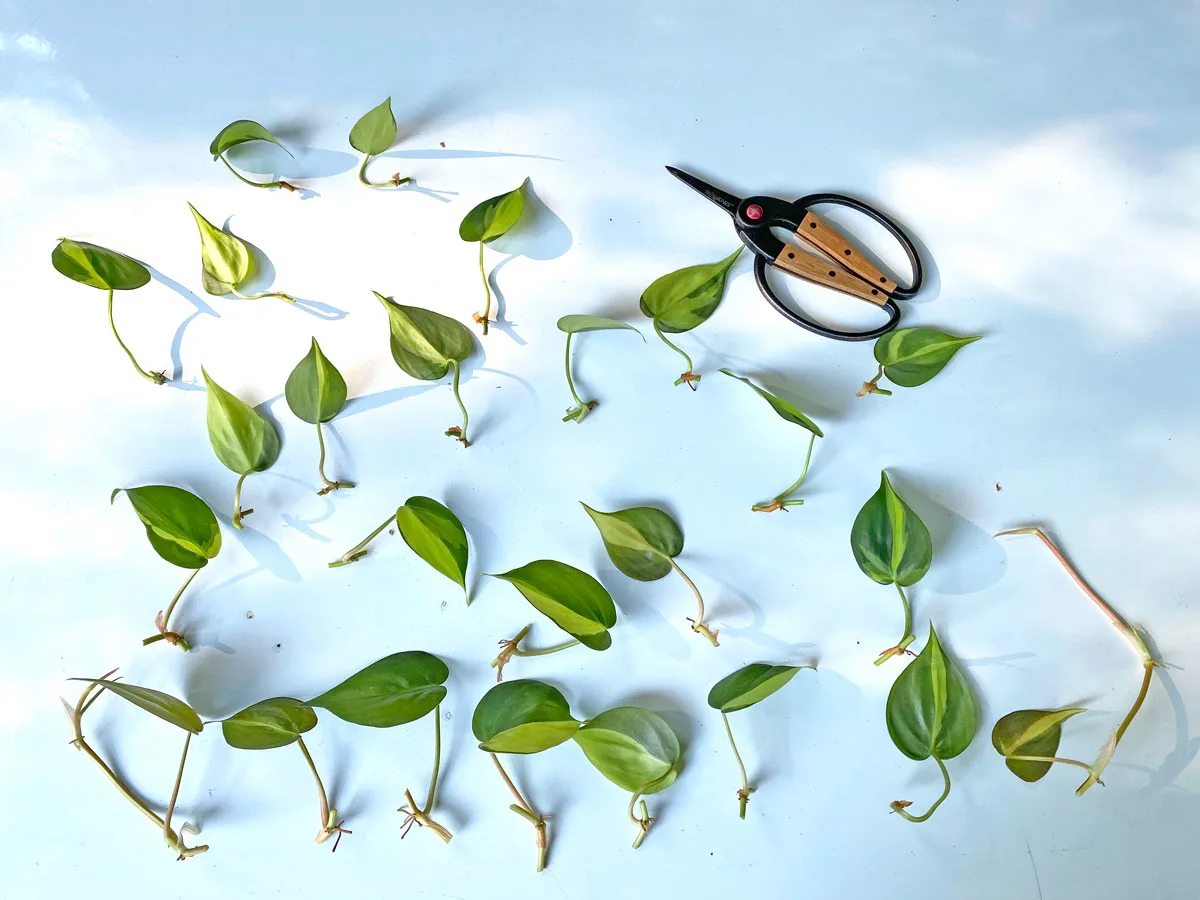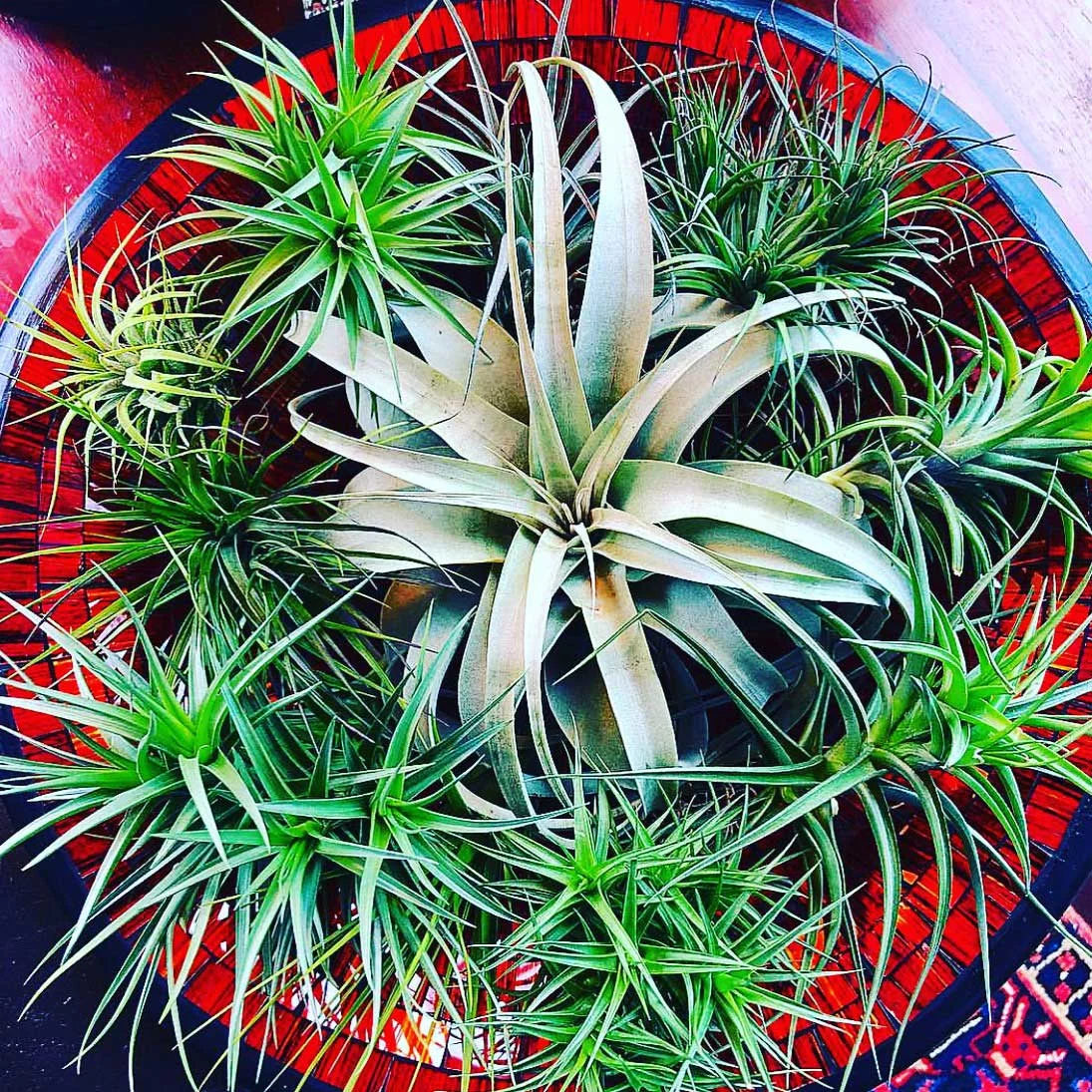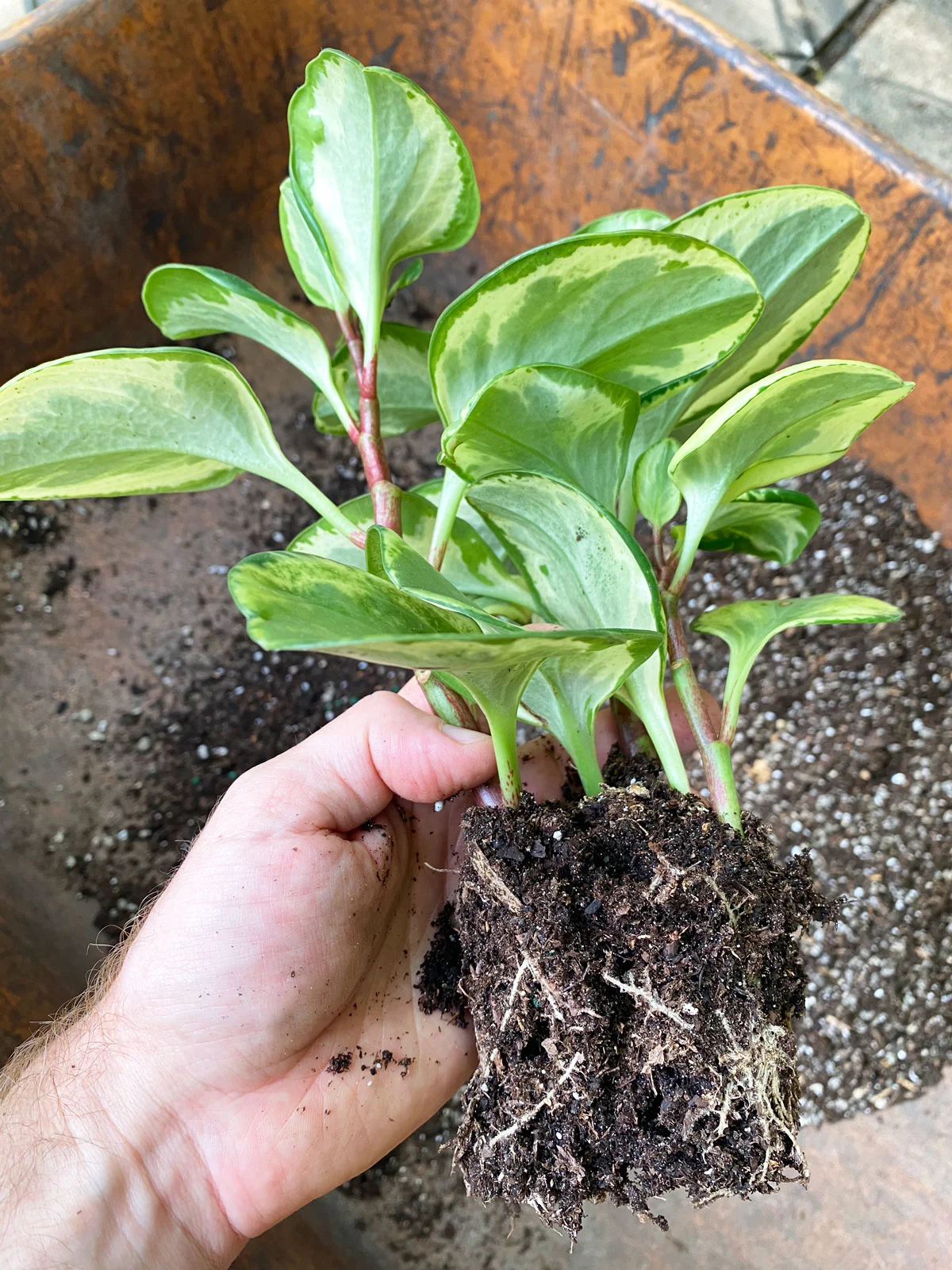Some of the links in this post may be affiliate links.
Commonly known as the Ripple Peperomia, Peperomia caperata is a popular houseplant with characteristically quilted, heart-shaped leaves. Many varieties are available and are presented later this in this post. Keep reading to find out the best way to take care of this stunning Brazilian rain forest native.
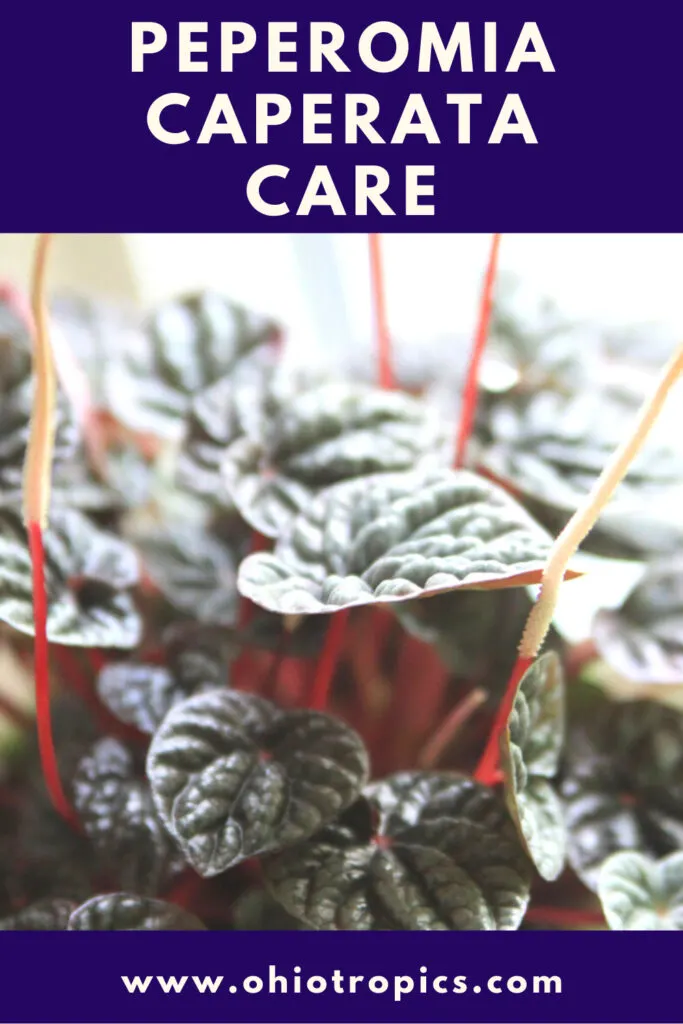
This compact plant is perfect for small spaces and only grows a few inches tall. Plants in the Peperomia genus also go by the common name radiator plants.
It is definitely one of the most colorful plants in the Peperomia family.
Table of Contents
Peperomia Caperata Care Requirements
1. LIGHT
These are wonderful lower light houseplants that do very well in areas that have bright indirect light. Low light does not mean dark.
If you can provide bright light, without much direct sun (if at all), your Peperomia will love these conditions.
These locations include right in front of a Northern exposure window (if you live in the Northern hemisphere) or in a Southern exposure window (if you live in the Southern hemisphere).
Eastern facing windows with some direct morning sun are also good. Avoid locations with intense, direct sunlight.
Peperomia caperata is a great choice for growing under indoor grow lights as well as in areas where fluorescent lights are on for much of the day such as in an office setting.
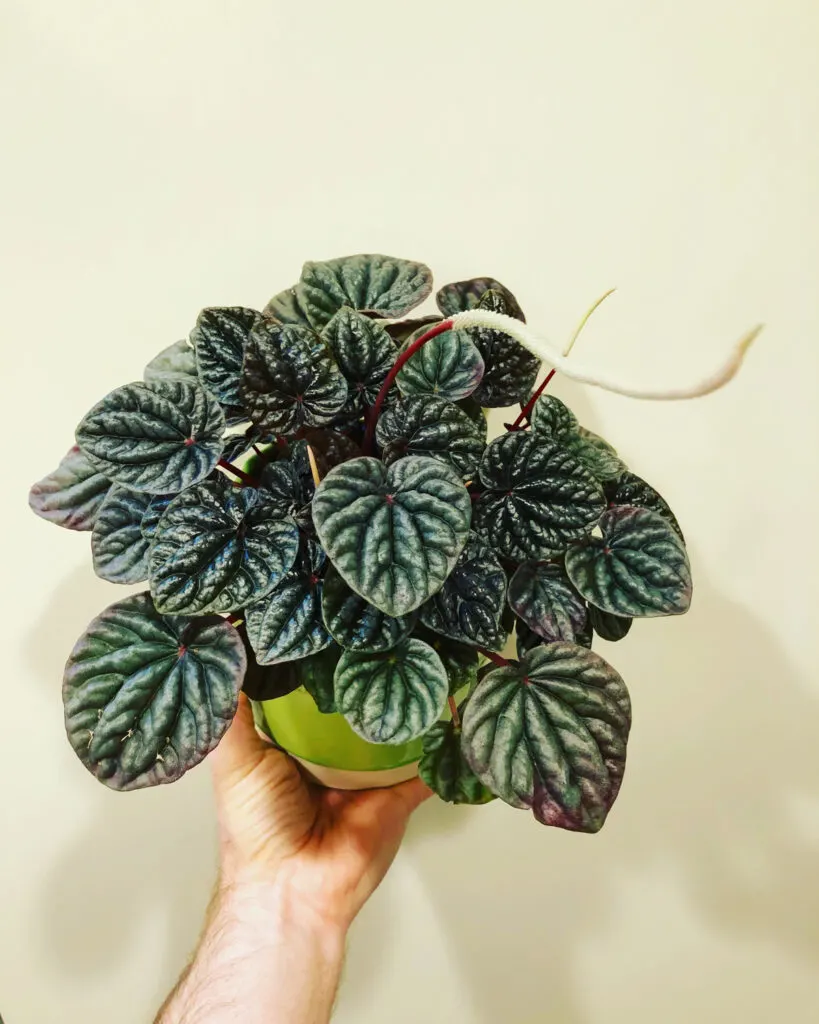
2. WATERING
This plant is extremely intolerant of soggy soil as well as potting mix that has gone too dry.
They do like a consistently moist soil, but try and find a happy medium and water only after the top half inch to an inch or so has dried out.
Although the leaves are pretty succulent, if allowed to dry out completely, for too long, your entire plant will collapse and start to droop starting with the lower leaves.
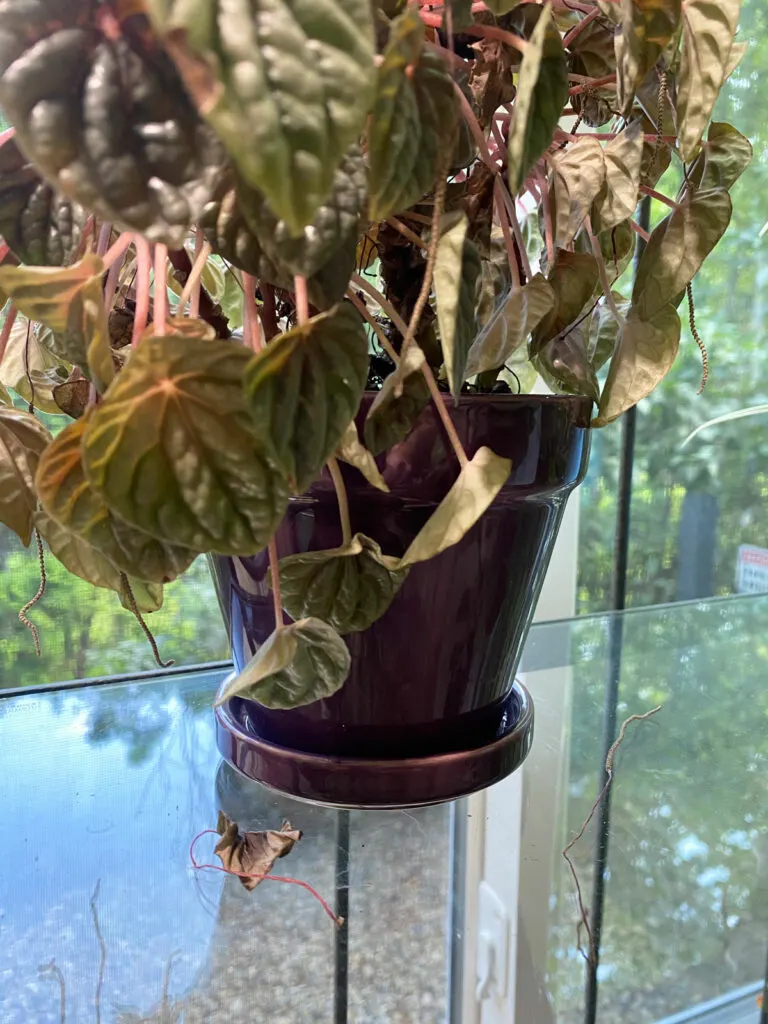
Conversely, never allow your plant to sit in water in a saucer or in your cache pot if you are using one. Always discard excess water otherwise root rot can easily set in.
In the winter time when light levels are lower, you can allow your potting mix to dry out more, but try not to do it to the point where your plant is wilting.
3. FERTILIZING
My favorite houseplant fertilizer is Dyna-Gro Grow. It provides all the macro and micronutrients that plants need and is urea-free, lessening the risk of fertilizer burn when used as directed.
I like to use this at every watering (1/4 to 1/2 teaspoon per gallon of water) during the active growing season, and I refrain from fertilizing in the winter.
4. SOIL MIX & POT SIZE
My standard mix of 3 parts all-purpose potting mix (like Miracle Gro or Espoma) plus 1 part perlite is a good mix for this plant.
Do not over-pot these plants. These plants do best in smaller pots so be careful of placing these in pots that are much too big. This can allow the potting mix to take too long to dry out and make your plant suffer.
Good drainage is an absolute must.
5. TEMPERATURE & HUMIDITY
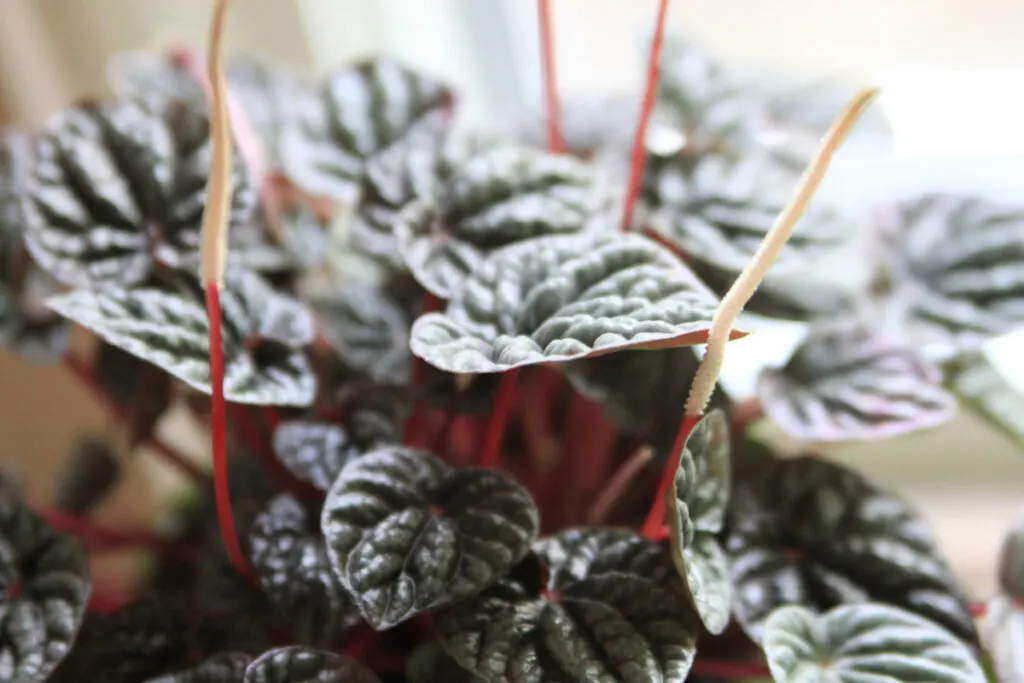
I always like to say that if you are comfortable, your indoor plants will be comfortable too.
Avoid low temperatures and any cold drafts.
Average indoor home temperatures (65-75F) and humidity work well. Being a tropical plant from South America however, they will appreciate high humidity levels.
In the winter months, I do like to increase humidity (both for the sake of my plants and my skin!)
6. FLOWERING
You will eventually see white flower spikes form on your plant.
The long spikes are not exactly what we’d consider to be beautiful flowers, but they are very characteristic of plants in the Piperaceae family (Pepper family).
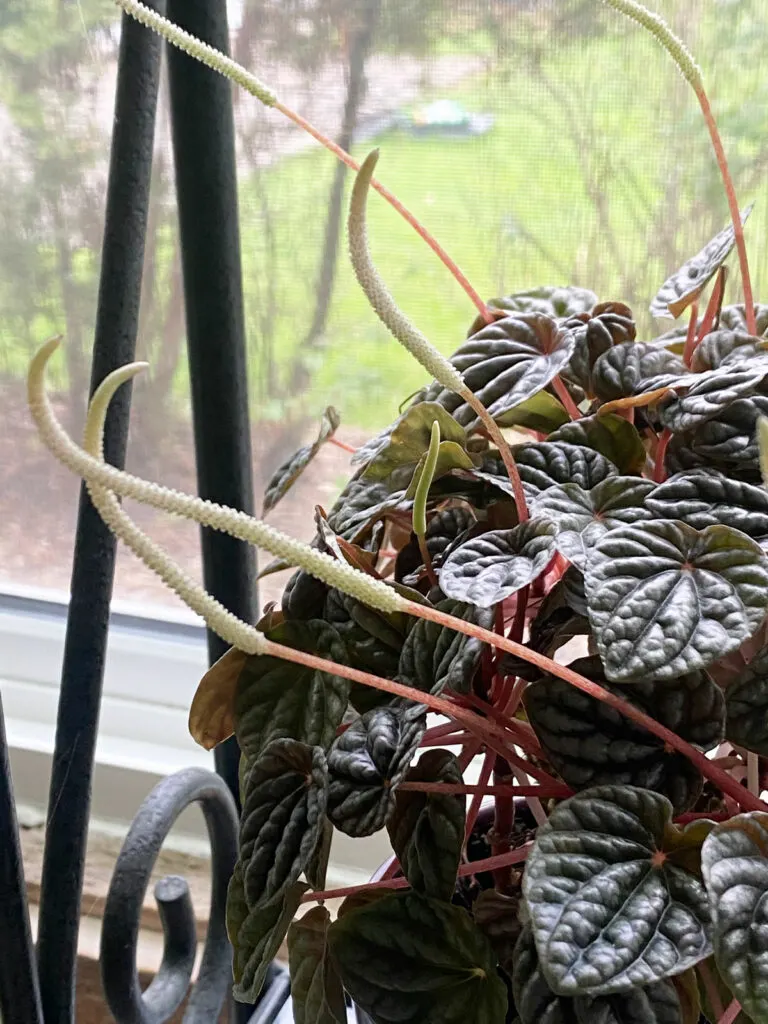
I normally cut them off since I don’t care much for them. If you decide to keep them, make sure to cut them off when they’ve expired.
7. PROPAGATION
Propagation is easily done by snipping leaf cuttings. Cut off a bit of the petiole as well like in the photo below.
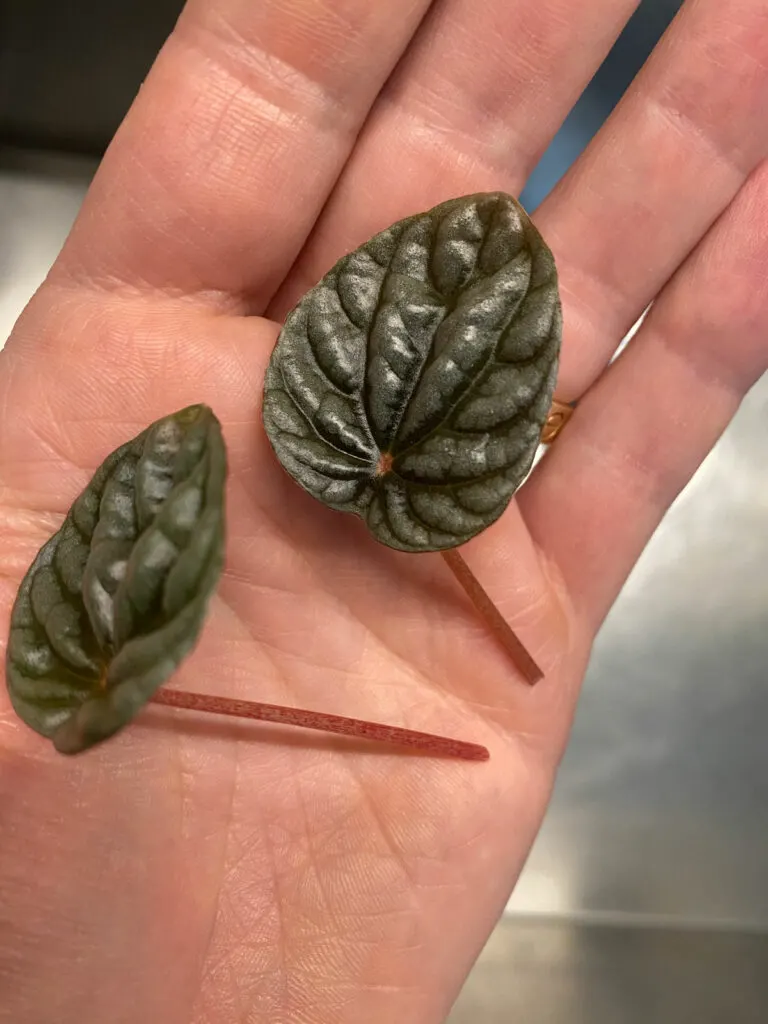
Then simply rest the cuttings in a small vase of water.
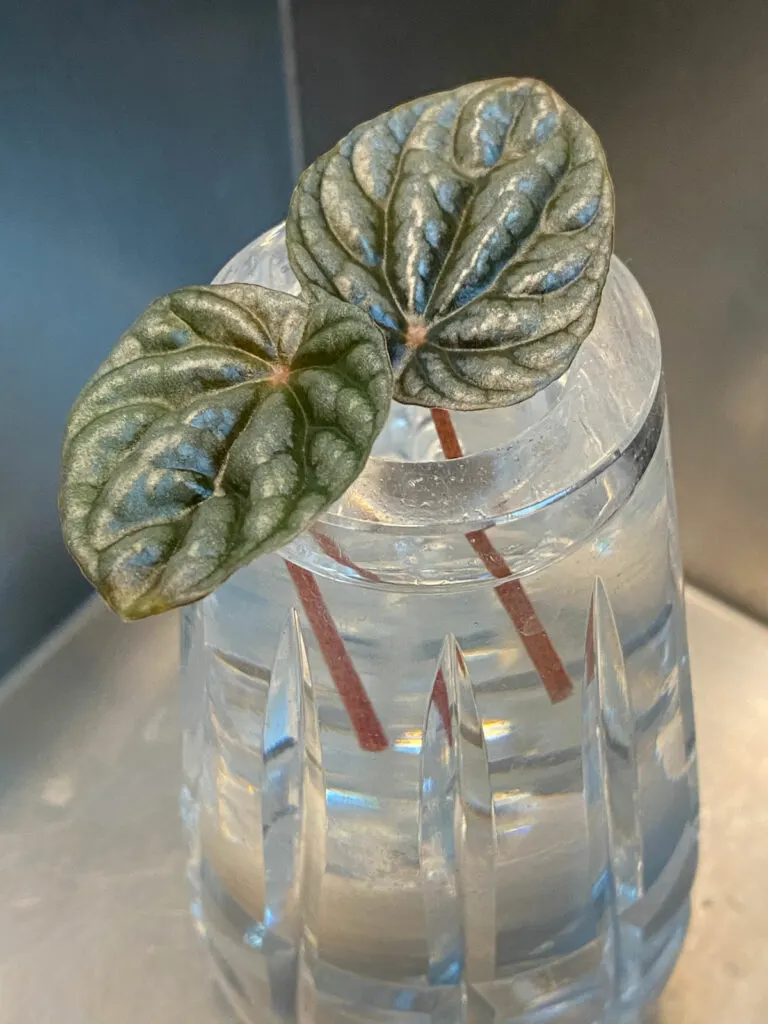
Roots will start to form right where you cut the petiole, and plantlets will soon follow afterwards.
And if you love water propagation in general, be sure not to miss my post on the best plants to water propagate.
Peperomia caperata Varieties
There seem to be more and more varieties that are available on the market, and here are just some beautiful types of Peperomia caperata available.
‘Rosso’
This variety has stunning red undersides on the leaves. The foliage is more oval shaped than other varieties.
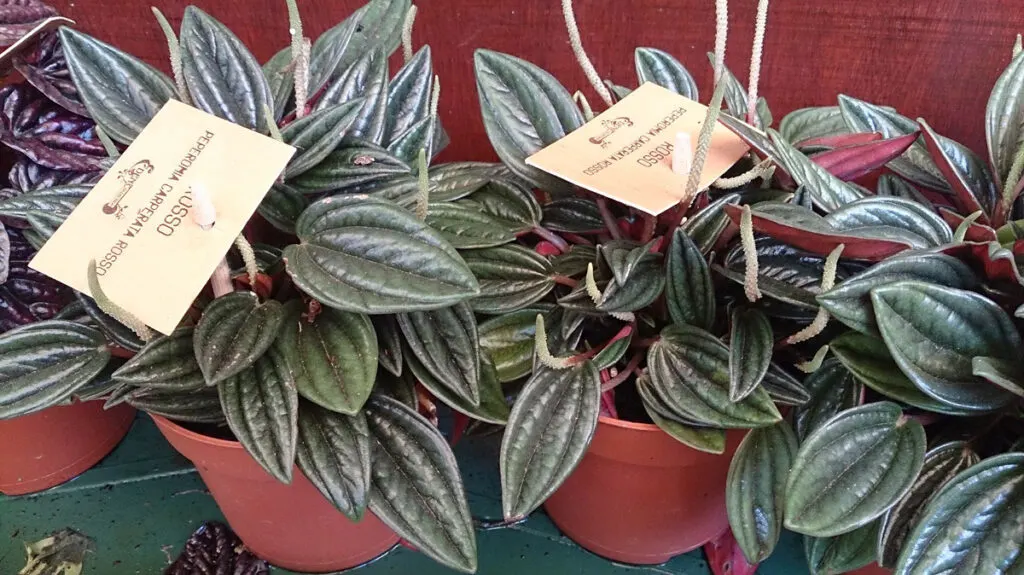
‘Emerald Ripple’
Probably the most commonly available variety, Emerald Ripple is a stunning beauty.
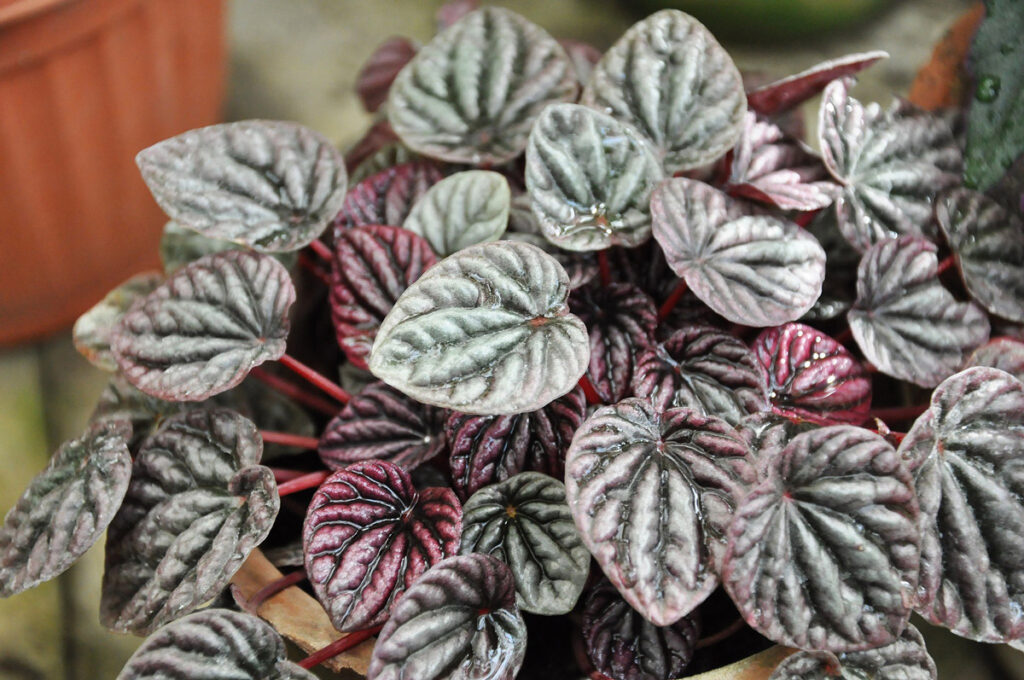
‘Variegata’
This is the variegated variety. Keep in mind that variegated plants will tend to grow more slowly due to the leaves having less chlorophyll.
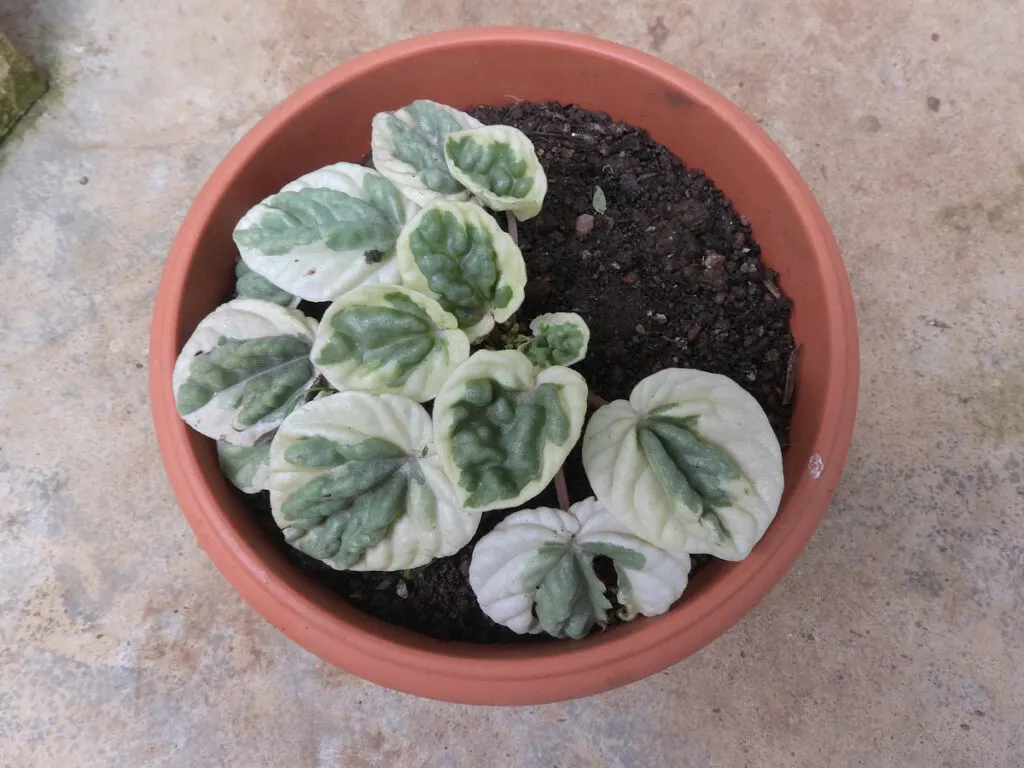
You may also enjoy other easy to grow Peperomia varieties to add to your collection as well.
Frequently Asked Questions
What are those long things that grow off of Peperomia caperata?
These are the flower spikes. Like them or not, they commonly appear. You can always cut them off if you don’t like them.
Is Peperomia caperata toxic to cats and dogs?
According to the ASPCA, this plant is non-toxic.
Why is my Peperomia caperata drooping?
There are two common reasons. Either your potting mix has gone too dry for too long, or it has stayed wet for too long. Use your finger to feel the potting mix and determine which it is and take action accordingly.
Why is my Peperomia caperata losing color?
If your plant is getting too much direct sun, the colors will fade or bleach out.
Why are leaves falling off of my Peperomia caperata?
Feel your potting mix. This typically happens if you have extremes in soil moisture (too dry or too wet). Try not to let this plant go completely dry. On the other end, never let this plant sit in water. Always grow in pots with drainage holes and discard any excess water.

